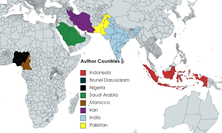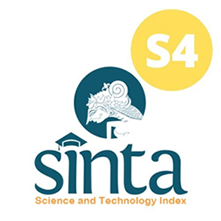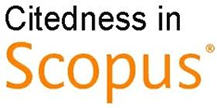Development of Infrared Therapy Device Based on Android Application Using Bluetooth Communication to Minimize the Patient Contact
Abstract
Infrared therapy is a therapeutic tool that has the function of dilating blood vessels so that blood flow becomes smoother and the healing process of wounds or inflammation in the body is faster. The heat from infrared therapy lamps can also reduce joint or muscle pain. The purpose of this research is to design an infrared therapy device equipped with light intensity settings and a timer controlled by an android. The contribution of this research is the infrared lamp irradiation media system and has also been equipped with a safe distance of 30-70cm using the HC-SR04 sensor, then equipped with a choice of a maximum therapy time of 10-30 minutes which is used to select the length of the therapy process. In addition, it can adjust the light intensity as needed via Android which is connected via the HC-05 Bluetooth module which is enabled to regulate how much light intensity is emitted by the lamp. After carrying out the measurement process, the error value on the timer measurement is obtained from the selection of Low, Medium, and High switches, 10 minutes (1%), 15 minutes (0.6%), 30 minutes (0.3%). The distance measurements are, 10cm (10%), 20cm (2.5%), 30cm (1.6%), 40cm (0%), 50cm (4%), 60cm (1.6%), 70cm (0%).

This work is licensed under a Creative Commons Attribution-ShareAlike 4.0 International License.
Authors who publish with this journal agree to the following terms:
- Authors retain copyright and grant the journal right of first publication with the work simultaneously licensed under a Creative Commons Attribution License that allows others to share the work with an acknowledgement of the work's authorship and initial publication in this journal.
- Authors are able to enter into separate, additional contractual arrangements for the non-exclusive distribution of the journal's published version of the work (e.g., post it to an institutional repository or publish it in a book), with an acknowledgement of its initial publication in this journal.
- Authors are permitted and encouraged to post their work online (e.g., in institutional repositories or on their website) prior to and during the submission process, as it can lead to productive exchanges, as well as earlier and greater citation of published work (See The Effect of Open Access).











